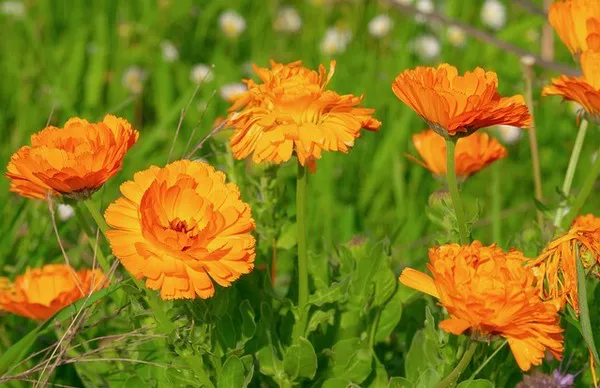Coneflowers, also known as Echinacea, are beloved perennial plants renowned for their vibrant and attractive blooms, making them a popular choice for gardens. Their ability to thrive in various climates and their low-maintenance nature make them an ideal addition to any landscape. One of the most rewarding ways to grow coneflowers is by planting their seeds. In this article, we will walk you through a step-by-step guide on how to plant coneflower seeds and ensure successful growth.
Choosing the Right Seeds
To begin, it’s crucial to select high-quality coneflower seeds from reputable suppliers or nurseries. Look for varieties that are well-suited to your local climate and soil conditions. Common species like Echinacea purpurea or Echinacea angustifolia are usually widely available. Additionally, you may opt for specific colors or cultivars that match your garden’s aesthetics.
Timing and Preparing the Soil
The best time to plant coneflower seeds is during the fall or early spring. This allows the seeds to undergo a natural stratification process, which enhances germination. Before sowing, choose a sunny location in your garden with well-draining soil. Coneflowers prefer slightly acidic to neutral soil, ideally with a pH between 6.0 and 7.0.
Prepare the soil by removing any weeds and debris. Loosen the soil to a depth of 6-8 inches, incorporating organic matter such as compost to improve soil fertility and drainage. Rake the soil surface smooth, ensuring there are no clumps or large stones that may hinder germination.
Sowing the Seeds
Sow the coneflower seeds directly into the prepared soil. Lightly sprinkle the seeds over the surface, aiming for a spacing of about 12 to 18 inches between each seed. Do not bury the seeds too deep, as they require light to germinate. A depth of about 1/8 inch is sufficient.
Watering and Mulching
After sowing the seeds, gently water the area with a fine mist to avoid displacing them. Keep the soil consistently moist, but not waterlogged, until germination occurs. Mulching can help retain soil moisture and regulate temperature during the germination process. Use a thin layer of straw or shredded leaves to cover the planted area.
Germination and Seedling Care
Coneflower seeds typically take 10 to 20 days to germinate, depending on environmental conditions. Once seedlings emerge, ensure they receive ample sunlight and water. Gradually reduce watering frequency as the seedlings establish themselves. At this stage, it is crucial to provide sufficient spacing between seedlings to avoid overcrowding.
Transplanting Seedlings (Optional)
If you started the seeds indoors or have overcrowded seedlings, you may need to transplant them to their final growing location. Transplant the seedlings once they have developed their first true leaves. Handle the seedlings carefully to avoid damaging their delicate roots, and ensure they are placed at the same depth as they were in their initial location.
Continued Care and Maintenance
Coneflowers are relatively low-maintenance, but a few considerations can help them thrive:
Sunlight: Ensure the plants receive at least 6-8 hours of sunlight daily. Coneflowers perform best in full sun conditions.
Watering: Once established, coneflowers are relatively drought-tolerant, but they benefit from consistent watering during dry spells.
Deadheading: Regularly remove faded flowers to encourage continuous blooming and prevent the plants from going to seed prematurely.
Fertilization: Coneflowers generally do not require excessive fertilization. If necessary, use a balanced, slow-release fertilizer in spring.
Pest and Disease Management: Monitor your plants for signs of pests or diseases and address any issues promptly to prevent further damage.
Conclusion
Planting coneflower seeds is a rewarding and straightforward process that can bring a splash of color and beauty to your garden. By selecting high-quality seeds, preparing the soil properly, providing adequate care during germination, and maintaining the plants well, you can enjoy the vibrant blooms of coneflowers throughout the growing season. With their hardy nature and striking appearance, these perennial flowers are sure to become a cherished part of your garden landscape for years to come. Happy planting!


